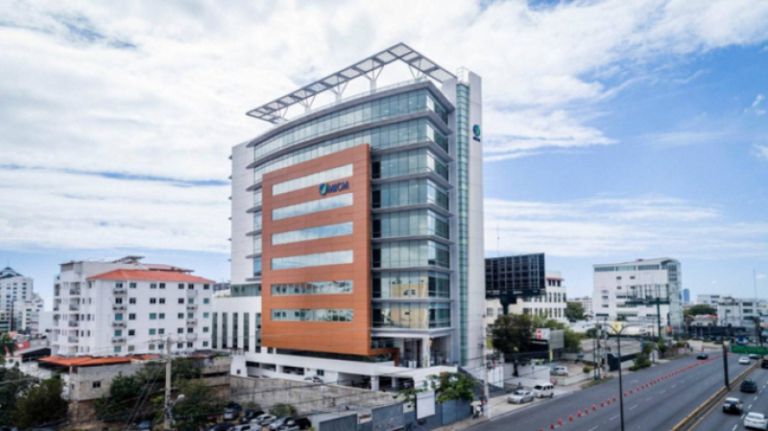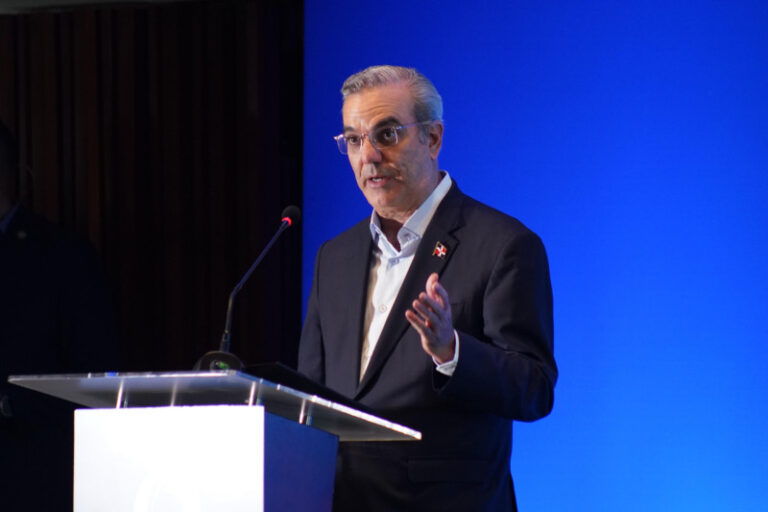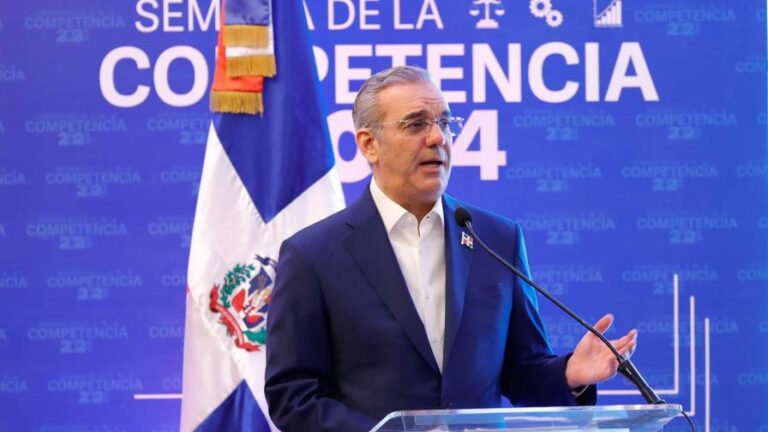
Canada with US$187.8 million, Brazil with US$146.3 million, and Panama with US$138.3 million, occupy the following positions.
At the close of the third quarter of this year, the country received US$3,571.8 million in Foreign Direct Investment (FDI), with US$1,680.3 million originating from the United States, Spain, and Mexico, representing 47% of the total accumulated up to September.
Although the January-September 2024 period shows a reduction of US$250.3 million compared to 2023, the United States remains the leading source of FDI flows to the country, reaching US$785.2 million in the first nine months of this year.
For Spain, FDI decreased by US$44.1 million compared to last year by the end of the third quarter, but it remains in second place among countries with the highest investments, totaling approximately US$499.2 million, according to Central Bank statistics.
Investments from Mexico rank third among the top investors in the first nine months of 2024, with a total of US$395.9 million, reflecting an increase of US$166.2 million compared to 2023.
Canada, Brazil, and Panama follow with US$187.8 million, US$146.3 million, and US$138.3 million, respectively, while El Salvador has shown no investment since 2016, and Australia since 2020.
FDI flows are a measure of foreign investors’ confidence in the country as a business destination. Since 2022, the Dominican Republic has been the second-largest recipient of FDI in the region, behind Mexico, according to the United Nations Conference on Trade and Development (UNCTAD).
FDI Destinations
Tourism is the top sector for foreign investors, who allocated US$1,003.5 million to tourism development projects in the country up to September.
The energy sector ranked second, receiving US$792.3 million in investments, followed by commerce and industry, with US$553.3 million.
The real estate sector, an expanding niche for investment flows, attracted US$541.1 million, while free zones recorded FDI of US$257.4 million.
The mining sector reported US$163.7 million in foreign investment between January and September 2024, while the transportation sector attracted US$170.6 million, and the financial sector recorded US$126.3 million.
Foreign Exchange Earners
The Dominican economy receives foreign exchange through remittances, foreign direct investment, goods exports, and other services.
In the first half of this year, the Central Bank reported approximately US$21,900 million, representing an increase of US$1,327 million compared to the same period in 2023.
The Central Bank stated that this level of foreign exchange income contributes to the relative stability of the exchange rate, predicting that by the end of the year, the country will have received around US$43,000 million in foreign exchange.
In its FDI flow report, the Central Bank highlighted the energy sector’s role, noting an increase in its share of investment revenues from 7.5% in the first half of 2019 to 25.5% in the first six months of 2024, driven by government incentives for renewable energy.
Progressive Increase
Foreign direct investment has shown an upward trend since 2021, recovering from the effects of the Covid-19 pandemic.
In 2022, foreign capital investments amounted to US$4,098.8 million. In 2023, they reached US$4,390.2 million, and Central Bank estimates suggest that by the end of this year, FDI will exceed US$4,500 million.
FDI flows and remittances remain the primary foreign exchange earners in the Dominican economy.
Source:




